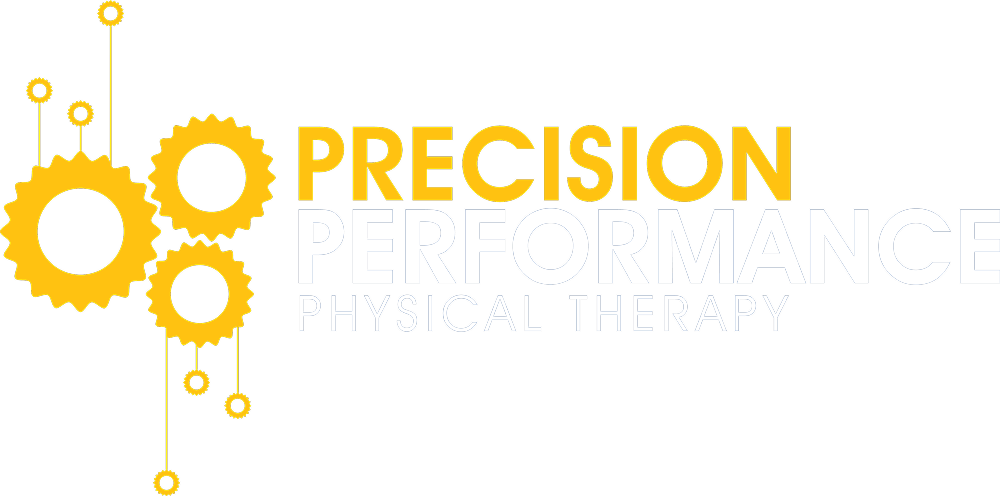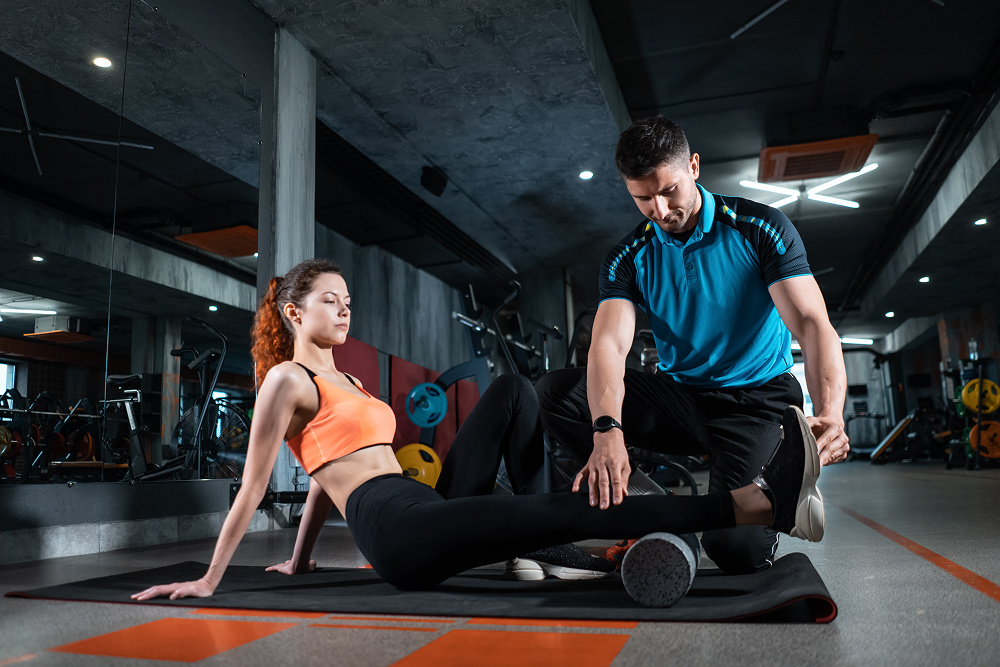Blog
Foam Rolling: A Self-Care Essential for Injury Prevention
Foam rolling has become an increasingly popular self-care tool for athletes, fitness enthusiasts, and anyone looking to improve ...
Read More The Role of Rest Days: Preventing Overuse Injuries
The Role of Rest Days: Preventing Overuse Injuries When it comes to injury prevention, many active adults focus ...
Read More Preventing Tendinitis: Causes and Best Practices
Tendinitis, or the inflammation of a tendon, is a common overuse injury that can lead to pain, restricted ...
Read More Proper Form and Technique: The Best Defense Against Injuries
When it comes to injury prevention, one of the most important factors often gets overlooked: proper form and ...
Read More 5 Common Sports Injuries and How to Prevent Them
Sports injuries are an unfortunate reality for athletes and active individuals of all ages. Whether you're an experienced ...
Read More The Impact of Poor Posture on Injury Risk
In today’s fast-paced world, maintaining good posture often falls by the wayside as we spend long hours at ...
Read More 





